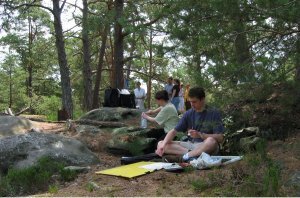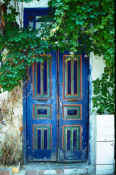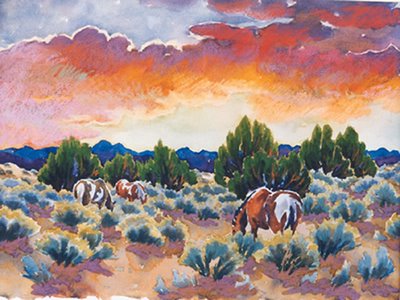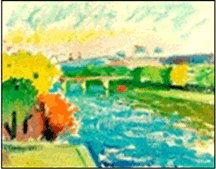One of the things I love the most about the guerrilla painter is how profound his off-the-cuff replies sometimes are. Last week I mentioned to him a story I’d heard on NPR about how Jan Brueghel collaborated with Rubens, one painting the landscape and the other the figures. It seems the art market in 16th century Belgium was so lively that artists arranged themselves into assembly lines, each contributing what he did best. Carl’s comment was, “Back then, art wasn’t Art.”
That got me thinking, “Who defines what 'Art' is, anyway?"
Is it the establishment? Whatever is seen in the context of museums, galleries, schools and publishers?
Is it the investors, the collectors, the critics?
Is it the person who views the work?
Is it the artist him/herself?
Is Art anything that’s done for the sake of pure expression rather than for commercial or practical purposes?
We have more artists today that ever before, as well as more techniques & materials, not to mention more history to refer to.
Art mirrors so many different values: innovation, emotion, skill, color, human form, religious truths, patriotism, irony...
Maybe trying to define it is just a trap, something that gets in the way of creating, appreciating, communicating, practicing & playing.
Or, as Oscar Wilde put it, "A work of art is the unique result of a unique temperament. Its beauty comes from the fact that the author is what he is. It has nothing to do with the fact that other people want what they want. Indeed, the moment that the artist takes notice of what other people want, and tries to supply the demand, he ceases to be an artist and becomes a dull or an amusing craftsman, an honest or a dishonest tradesman."






